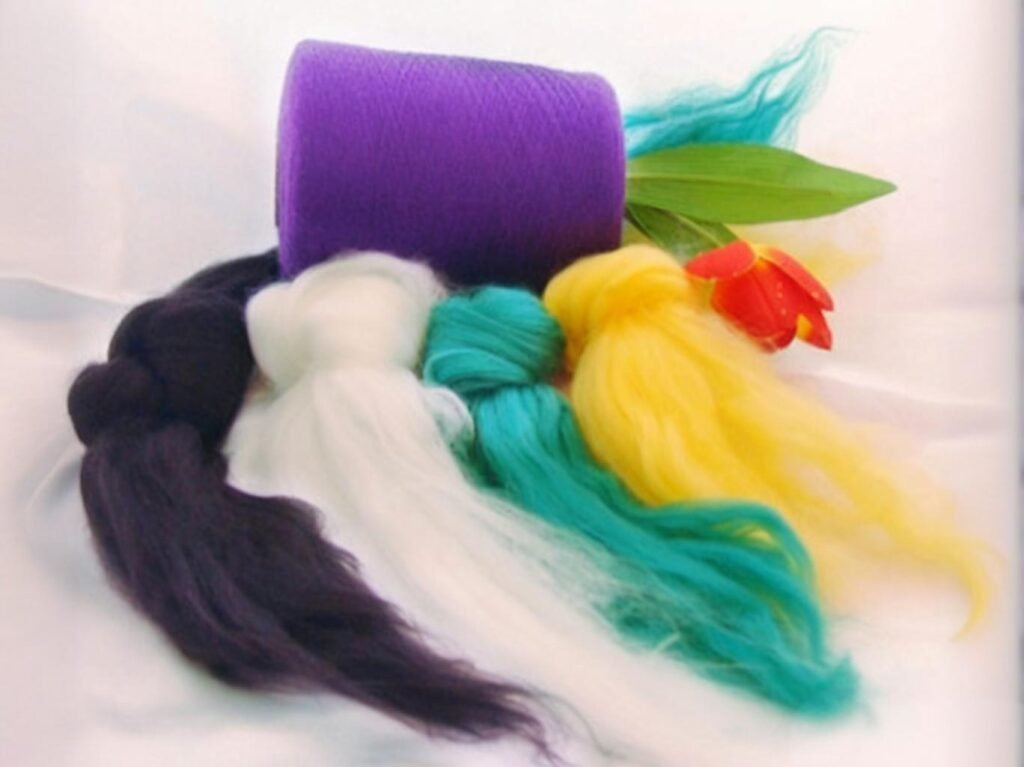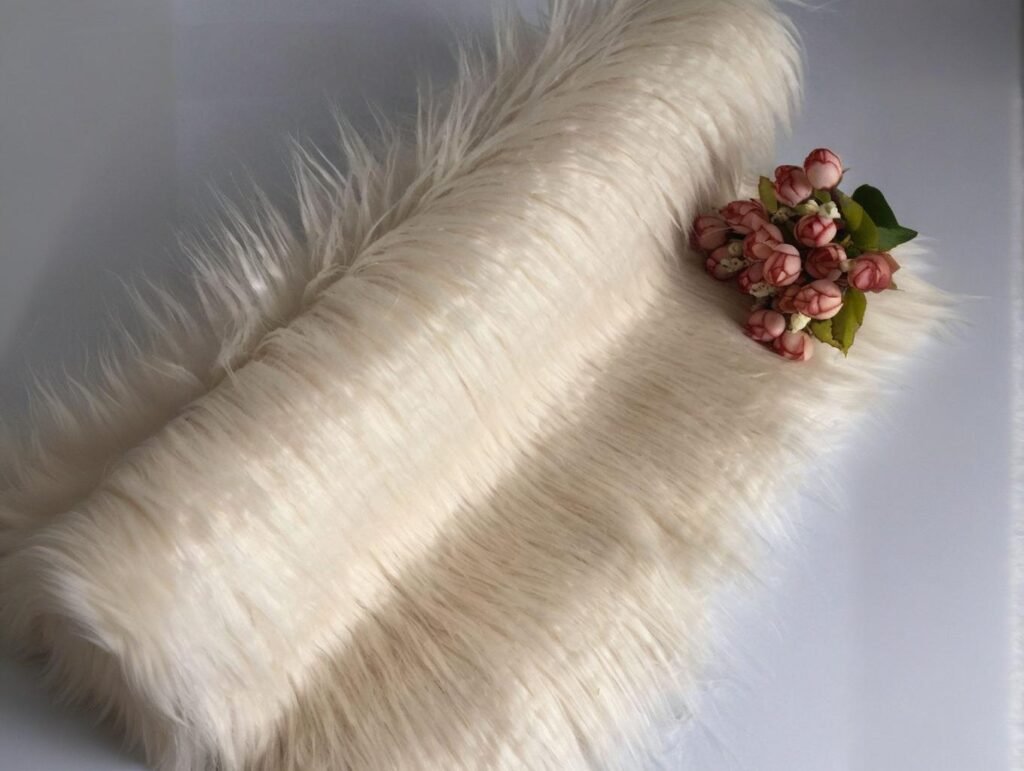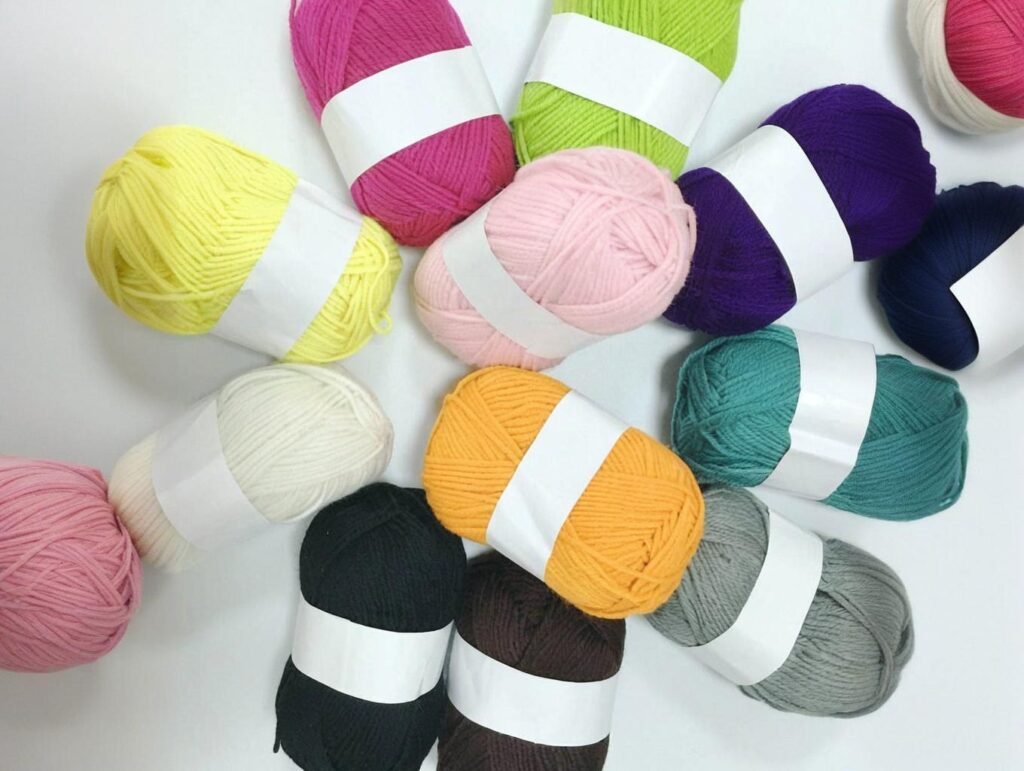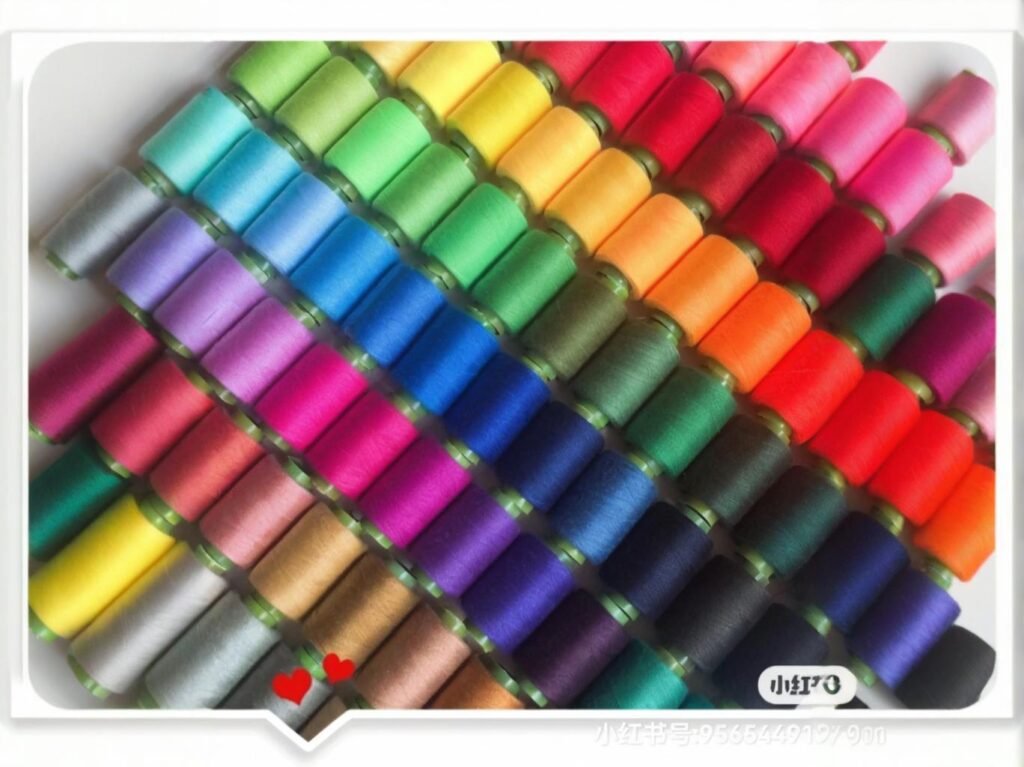Industrial cleaning operations face a unique challenge: balancing cleaning performance with environmental responsibility. Among the toughest tasks is removing dried acrylic paint—a water-resistant polymer—without resorting to harsh petrochemical solvents. This is especially critical for industries such as garment rental, signage installation, art education, or construction services, where uniforms and workwear are routinely exposed to paint.
To remove acrylic paint from fabric using eco-friendly cleaning agents, B2B operators are increasingly turning to bio-based solvents, citrus extracts, and enzymatic formulas that break polymer bonds without damaging fibers or polluting wastewater systems.
A garment service provider in Scandinavia servicing art colleges and municipal workshops cut their stain rejection rate by 62% using an orange-oil-based solvent combined with low-impact surfactants. Not only did this improve fabric recovery, but it also aligned with the company’s ISO 14001-certified sustainability goals—earning them preferential vendor status with public institutions.
In this article, we’ll explore which plant-based or biodegradable solutions actually work, how to adapt industrial washing protocols, and why choosing the right fabric at the start can make eco-cleaning even easier.
What Makes Acrylic Paint Hard to Remove from Fabric Without Harsh Chemicals?

Once acrylic paint dries, it transforms from a water-based emulsion into a thermoplastic film that physically locks into textile fibers. Traditional industrial laundries often rely on butyl glycol or petroleum distillates to remove it—chemicals that pose safety, health, and wastewater treatment challenges.
Why Eco-Friendly Cleaning of Acrylic Is So Complex
Acrylic Paint Chemistry
- Formulated from polyacrylate resins, acrylic paint crosslinks upon drying, forming a solid film.
- This film is hydrophobic and chemically resistant, making it difficult to dissolve with water or mild surfactants.
Fiber Penetration and Polymer Bonding
- On absorbent fabrics like cotton, paint seeps into micro-pores.
- When dried (especially with added heat), it interlocks with the cellulose structure, behaving more like cured adhesive than pigment.
Why Common Eco-Cleaners Fail
- Many green detergents focus on lipid- or protein-based stains (e.g., food, sweat, oil).
- They lack the solvency power or polymer-specific enzymes needed to degrade acrylic chains.
| Stain Type | Typical Green Removal Approach | Works for Acrylic? |
|---|---|---|
| Grease & Oil | Coconut-derived surfactants | ❌ |
| Protein (e.g., blood) | Enzymes like protease | ❌ |
| Dyes | Chelators + oxidation | ❌ |
| Acrylic Paint | Requires solvent + mechanical lift | ✅ with right combo |
The Real Challenge Eco-friendly paint removal requires agents that can disrupt the paint film, lift it mechanically, and prevent redeposition, all while being biodegradable, low-VOC, and safe on fibers.
Industry Insight: According to a 2023 industry report by the Sustainable Textile Alliance, 68% of industrial laundry clients in Europe are actively seeking green-certified stain removers, but only 22% report satisfaction with current acrylic paint performance.
Which Eco-Friendly Ingredients Are Effective Against Dried Acrylic Paint?
Despite the difficulty, several plant-based and biodegradable compounds have shown promise in breaking down acrylic polymers without harmful environmental impact. These include terpenes, ester-based solvents, and certain biosurfactants.
Breakdown of Natural Ingredients That Work on Acrylic Paint
1. D-Limonene (Citrus Terpene)
- Extracted from orange peels, this natural solvent softens the acrylic film by penetrating and swelling the polymer structure.
- Effective when combined with non-ionic surfactants for fabric rinse.
| Attribute | Rating |
|---|---|
| Paint Softening | High |
| VOC Level | Low–Moderate |
| Biodegradability | Excellent |
| Fabric Safety | Good (test on synthetics) |
2. Ethyl Lactate (Corn-Derived Solvent)
- A mild ester solvent derived from corn fermentation.
- Can break ester bonds in acrylic resins, especially when heated slightly (\~40°C).
3. Methyl Soyate
- Made from soybean oil, this is a green alternative to mineral spirits.
- Ideal for treating surface paint residue on polycotton workwear.
4. Plant-Based Surfactants (C12–C16 Alkyl Glucosides)
- Used to disperse paint flakes after film breakdown.
- Help reduce redeposition on surrounding fabrics.
5. Enzyme-Assisted Cleaners
- Recent innovations use esterase enzymes to cleave ester bonds in acrylics, though efficacy depends on stain age and fabric type.
| Eco Ingredient | Effective on Dried Acrylic? | Notes |
|---|---|---|
| D-Limonene | ✅ Yes | Works best with heat + agitation |
| Ethyl Lactate | ✅ Yes (moderate stains) | Requires longer dwell time |
| Methyl Soyate | ✅ Surface stains | Less effective on set-in paint |
| Biosurfactants | 🚫 No (alone) | Combine with a solvent |
| Esterase Enzymes | ✅ In early-stage stains | Emerging technology |
Case Example: A sustainable art supply laundry in the UK replaced their petroleum pre-treatment with a heated D-limonene + ethyl lactate blend. Over 8 months, they reduced solvent waste by 54% and increased average stain removal success to 72%.
How Do Green Cleaning Agents Compare to Traditional Solvents in Paint Removal?

Eco-friendly cleaning agents are often perceived as less powerful than conventional chemicals, but recent advancements show that properly formulated green solvents can match or exceed performance when used correctly. The key lies in combining effective natural actives with optimized application methods—like heat, soak time, and mechanical action.
Performance Comparison – Eco-Cleaners vs. Traditional Solvents
Traditional Solvents Examples: Butyl glycol, mineral spirits, xylene, methylene chloride
- Pros: Quick action, strong solvency
- Cons: Toxic, flammable, environmentally hazardous, requires PPE and fume extraction
Eco-Friendly Alternatives Examples: D-limonene, methyl soyate, ethyl lactate, plant-based esters
- Pros: Biodegradable, low toxicity, safer for workers and wastewater systems
- Cons: Slightly longer dwell time, may require agitation or heat for full effect
| Attribute | Traditional Solvents | Eco-Friendly Cleaners |
|---|---|---|
| Removal Speed (dry stains) | Fast (5–10 min) | Moderate (10–20 min) |
| Health Risk | High | Low |
| Environmental Risk | High | Low |
| Wastewater Compliance | Strict | Easier |
| Fabric Compatibility | Moderate (can damage) | High |
| Cost per Liter (bulk) | \$1.5–3.0 | \$2.0–4.0 |
Operational Example: An industrial laundry in Germany replaced butyl cellosolve with a 3:1 blend of methyl soyate and d-limonene. Their average stain removal time increased by only 7 minutes per batch but reduced VOC emissions by 85%, enabling them to meet local environmental regulations without workflow disruption.
Bottom Line: Green cleaners can work just as well, if the process is adapted. Simply swapping chemicals without rethinking soak time, agitation, or temperature will not yield optimal results.
What Types of Fabrics Respond Best to Eco-Friendly Acrylic Paint Removal?
Not all fabrics behave equally when exposed to paint—or to green cleaning agents. Synthetics and blends with smooth surfaces tend to release paint more easily, while natural fibers like cotton absorb deeply and demand more aggressive treatment. However, eco-cleaners often preserve fabric integrity better, especially when paired with appropriate fabric choices from the start.
Fabric-Specific Behavior Under Green Cleaning Protocols
Best-Performing Fabrics for Eco-Cleaning
| Fabric Type | Paint Resistance | Green Cleaning Effectiveness | Notes |
|---|---|---|---|
| Polyester (woven) | Moderate | High | Smooth surface helps prevent bonding |
| Nylon (tight weave) | Moderate | Moderate | Watch for solvent reactivity |
| Poly-cotton blends | Low–Moderate | Good | Cotton absorbs, poly resists |
| Canvas cotton | Low | Moderate | Absorbs deeply; needs soaking |
| Modacrylic blends | High | Very High | Often pre-treated; excellent response |
Why Blends Are Ideal
- 65/35 poly-cotton blends offer a balanced surface: smooth enough to resist paint setting, but soft enough to remain breathable and functional.
- These are widely used in uniforms, art aprons, and cleaning rags.
Surface Finish Enhancements
- DWR coatings (durable water repellent) make it harder for water-based acrylic paint to bind with fibers.
- PU-coated polyester or silicone-treated fabrics can drastically reduce stain adhesion.
| Coating Type | Paint Resistance | Green Cleaner Compatibility |
|---|---|---|
| PU Coated Polyester | Excellent | ✅ (citrus & soy safe) |
| Teflon Finish Cotton | Good | ✅ (non-abrasive only) |
| Silicone-Treated Nylon | Excellent | ✅ (alcohol-based only) |
Fabric Preservation Advantages of Eco-Cleaners
- Less likely to strip color or finish
- Gentler on delicate fibers
- No heat-reactive yellowing (common with harsh alkalines)
Use Case: A French event production company switched its stage canvas fabrics from untreated cotton to DWR-coated polyester. Combined with citrus-based paint pre-treatment, they achieved 93% paint removal rate after just one wash cycle—with zero fabric replacement for three months.
How Can You Remove Acrylic Paint Using Plant-Based or Enzymatic Cleaners?

Removing acrylic paint with eco-friendly agents requires a combination of the right product, controlled process, and mechanical assistance. While plant-based solvents like citrus or soy esters help break the paint film, enzymatic cleaners can accelerate degradation—especially for recent stains.
Step-by-Step Green Cleaning Protocol for Acrylic Paint
Phase 1: Spot Identification and Pre-Scrape (Optional)
- Use a blunt plastic scraper to remove excess paint from fabric surface.
- This step is especially useful on thick, dried areas.
Phase 2: Apply Eco-Friendly Solvent
- Apply D-limonene, methyl soyate, or ethyl lactate directly onto the stain.
- Allow it to dwell for 15–30 minutes, covered with a cloth to avoid evaporation.
Phase 3: Light Agitation
- Use a soft-bristle brush or rotary scrub pad to gently agitate the area.
- In larger operations, use drum extractors or fabric combers set to low RPM.
Phase 4: Enzymatic Booster (Optional)
- For early-stage or semi-dried stains, apply an esterase-based enzyme solution.
- Let stand for 10–15 minutes. Enzymes will cleave ester bonds in the paint polymer.
Phase 5: Eco-Friendly Wash Cycle
- Use a warm wash (40–50°C) with:
- Non-ionic surfactant-based detergent (coconut or corn derived)
- pH-neutral emulsifier to aid dispersion
- Optional: citric acid rinse to rebalance pH
Phase 6: Final Inspection
- Check fabric for residue. If paint persists, repeat from Phase 2.
- For extremely stubborn spots, heat reactivation (40°C) followed by a repeat treatment can improve results.
| Step | Key Ingredient | Duration | Best For |
|---|---|---|---|
| Solvent soak | D-limonene, methyl soyate | 15–30 min | Dried, thick stains |
| Enzyme soak | Esterase-based booster | 10–15 min | Early-stage stains |
| Mechanical agitation | Rotary or manual brush | 1–3 min | All types (watch fiber limits) |
| pH-neutral wash | Green detergent + rinse | 12–18 min | All fabric types |
Case Example: A US-based industrial linen service implemented this full process for stained studio drop cloths. Their green-certified workflow reached 82% stain removal efficiency, lowered chemical handling risk, and gained recognition under the Green Seal GS-51 standard.
What Safety and Environmental Certifications Should B2B Buyers Look For?
When evaluating eco-friendly cleaning products for removing acrylic paint, B2B buyers should look beyond marketing claims and verify third-party certifications. These ensure biodegradability, non-toxicity, renewable sourcing, and wastewater compatibility—especially important in regulated industries like hospitality, healthcare, or education.
Key Certifications and Labels to Validate Green Cleaning Agents
1. ECOLOGO (UL)
- Assures that the cleaning agent meets environmental standards across the product life cycle.
- Looks at VOC levels, biodegradability, packaging, and manufacturing practices.
2. Green Seal™ (GS-37, GS-51)
- Focuses on industrial and institutional cleaners.
- GS-51 is specifically for laundry care.
| Standard | Coverage | Ideal For |
|---|---|---|
| GS-37 | General-purpose industrial cleaners | Pre-treatment solvents |
| GS-51 | Laundry-specific products | Wash cycle detergents |
3. Safer Choice (U.S. EPA)
- Verifies that ingredients are safe for humans and the environment.
- Often used by school and hospital suppliers.
4. EU Ecolabel
- European standard that includes performance and safety.
- Recognized in cross-border procurement.
5. Nordic Swan
- Commonly seen in Scandinavian textile and garment care products.
- Emphasizes non-toxic, low-energy laundry formulations.
| Certification | Verifies Safety For | Scope | Recommended Use |
|---|---|---|---|
| ECOLOGO (UL) | Workers + Environment | Solvent-based pre-treatments | ✅ |
| Green Seal | Users + Fabric | Enzymatic and surfactant-based wash | ✅ |
| Safer Choice (EPA) | Human exposure | Schools, hospitals, uniforms | ✅ |
| EU Ecolabel | Water systems | Europe-wide institutional programs | ✅ |
Buyer Tip: Ask your supplier for SDS (Safety Data Sheet) + certification documentation. Ensure that VOC content is below 3% and the formula is labeled as readily biodegradable per OECD 301 guidelines.
Sustainable Example: An industrial laundry group in Belgium switched to EU Ecolabel-approved surfactants and citrus boosters for acrylic stain removal, achieving full REACH compliance and lowering chemical oxygen demand (COD) in effluent by 34%.
Are There Industrial Laundry Products That Are Both Eco-Friendly and Effective?

Yes—several commercial laundry solutions now combine green certifications with strong performance, specifically designed to tackle tough stains like acrylic paint. These products are made using biodegradable solvents, plant-derived surfactants, and enzyme systems that are compatible with large-scale laundry operations and wastewater compliance systems.
Market-Ready Eco-Cleaning Products for Paint Removal
Here are some proven options used by B2B laundry clients in hospitality, healthcare, garment rental, and educational sectors:
| Product Name | Type | Certs | Best Use |
|---|---|---|---|
| EcoSolv 3000 | Citrus-based solvent | ECOLOGO, GS-37 | Pre-treatment of dried paint stains |
| GreenTex Enzyme+ | Enzymatic detergent | Green Seal GS-51 | Low-temp acrylic removal in blends |
| LimeLift Pro | Ethyl lactate-based | Safer Choice | Surface stains on polyester/nylon |
| BioBoost Laundry X | Multi-action wash | Nordic Swan | General eco-laundry with stain dispersion |
Key Product Features to Look For:
- VOCs below 3%
- Readily biodegradable per OECD 301
- pH-neutral or mildly alkaline (7.5–9.5)
- Free of petroleum solvents, phosphates, and NPEs
- Effective in both tunnel washers and front-loaders
Case Study: A Scandinavian textile rental firm servicing art schools integrated GreenTex Enzyme+ and EcoSolv 3000 into its process. This reduced acrylic stain rejections by 51%, and their entire detergent program was certified Nordic Swan-compliant within one fiscal quarter.
Operational Tips for Best Results:
- Warm pre-treatment (30–40°C) improves solvent penetration
- Extended dwell time (up to 30 minutes) helps loosen cured paint
- Avoid mixing green solvents with chlorine or harsh alkali agents
- Regularly clean washer drums to prevent solvent residue buildup
How Can B2B Buyers Source Eco-Cleanable Fabrics for Paint-Prone Applications?
Choosing the right fabric upstream can significantly reduce the burden on stain removal downstream. B2B buyers—especially in high-paint-risk industries—should prioritize textile selection based on surface finish, fiber blend, and compatibility with eco-cleaning protocols.
Fabric Features That Support Eco-Friendly Paint Removal
1. Go for Polyester-Forward Blends
- Polyester provides a tighter surface, limiting paint penetration.
- A 65/35 polycotton blend is the most balanced option for durability and stain release.
2. Request DWR or Anti-Stain Finishes
- Durable Water Repellent coatings help acrylic paint bead on contact rather than soak in.
- PU or silicone backings on canvas and outdoor textiles further enhance cleanability.
3. Ask for Custom Testing
- Ask suppliers like SzoneierFabrics for fabrics tested under eco-cleaning conditions (e.g., using d-limonene or GreenSeal-certified agents).
- Request fabric reports showing results from:
- ISO 105-C06 (wash fastness)
- ISO 6330 (domestic washing durability)
- ASTM D1308 (resistance to staining agents)
| Desired Property | Fabric/Finish Example | Notes |
|---|---|---|
| Easy stain release | 80/20 polycotton, brushed | Holds color, resists saturation |
| Water-based paint repellency | DWR-treated poly blends | Needs reproofing after 30 washes |
| FR + cleanability | Modacrylic with silicone | Ideal for safety wear + long wear |
| Sustainability | OEKO-TEX + solution dyed | No heavy metals or reactive dye use |
Client Insight: A UK-based paint supply distributor partnered with SzoneierFabrics to design aprons made from PU-coated 100% polyester canvas. These aprons could be cleaned with citrus-based solvents and reused over 100 times—cutting textile replacement costs by over 40%.
Green Cleaning Isn’t Just Possible—It’s Profitable
Acrylic paint removal from fabric no longer has to rely on harsh chemicals, expensive garment rejection, or environmental compromise. With the rise of plant-based solvents, biodegradable surfactants, and eco-tested fabric finishes, industrial laundry workflows can now balance performance, safety, and sustainability.
The future of stain removal—especially in B2B sectors—is smart sourcing, smart chemistry, and smart fabric design.
Ready to Customize Eco-Cleanable Fabrics for Your Brand?
At SzoneierFabrics, we help B2B clients in garment rental, hospitality, art supply, industrial workwear, and education develop custom fabrics designed for sustainability, easy stain release, and eco-washing compatibility.
Why SzoneierFabrics?
- ✅ Poly/cotton, polyester, canvas, modacrylic options
- ✅ DWR, PU, silicone, and water-repellent finishes available
- ✅ Free sampling + low MOQ starting at 100 meters
- ✅ Certified by OEKO-TEX®, ISO 9001, REACH-compliant
- ✅ Eco-friendly testing support for your cleaning agents

